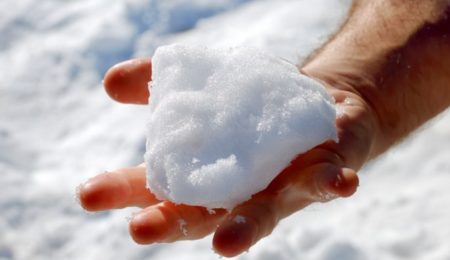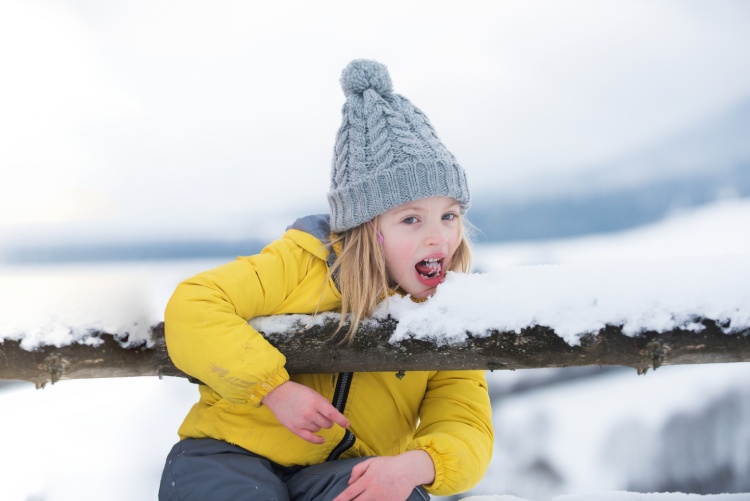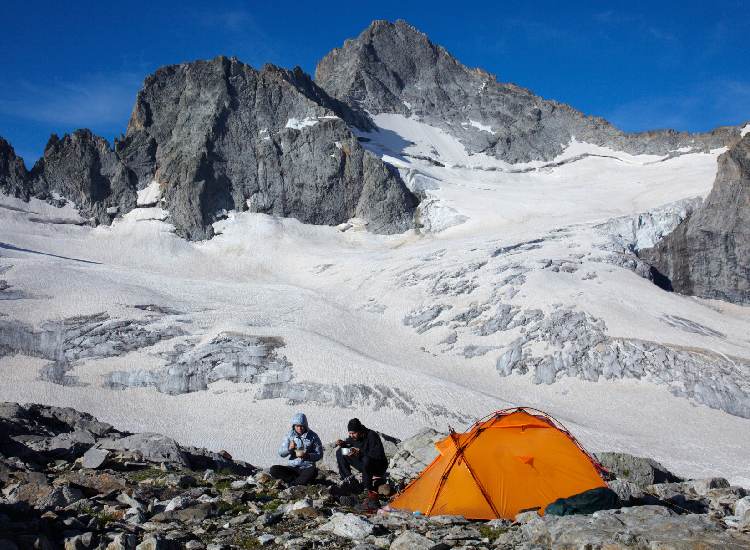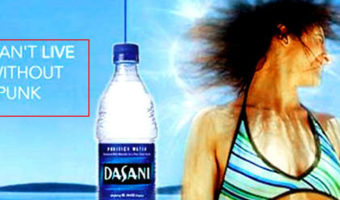Why Is It a Bad Idea to Eat Snow, Even When It’s Fresh?

Eating snow may sound like the most innocuous thing to do; after all, it’s straight-up frozen water. But it’s not as harmless as it may appear. This guilty pleasure has the potential to be a health hazard. While it’s obvious you shouldn’t eat stale, yellow snow, experts believe that even clear white snow is not worth the crunch. Read on to know why eating snow is dangerous for your well-being.
Table of Contents
What is snow actually made of?
As you might have guessed, snow is composed of tightly packed ice crystals. However, the primary element constituting a snow layer’s overall volume is air. This is due to the considerable airspace surrounding each of these minute crystals in the snowpack.
Snow additionally absorbs other substances upon contact. During winter, snow transforms into a highly absorbent medium for various pollutants, encompassing particulate matter from vehicular exhaust, persistent organic pollutants (POPs), trace metals, and chlorides originating from road salts.
Furthermore, within the snowpack, air pollutants have the potential to undergo chemical changes, resulting in the generation of additional pollutants with varied toxicity and carcinogenic properties. Long-lost pesticides might also appear in snow in some places, especially in urban and suburban areas.
The process of salting snow on roads and railways, although efficient for melting, also causes environmental harm and further snow pollution as the salt breaks into chloride ions.
Eating snow can have serious repercussions on your health.

Microbial contaminants in snow are the obvious threats. While most bacteria and viruses surviving in snow are harmless, pathogens from animal feces are proven to cause diarrhea. It can also cause long-term health issues, including growth shortfalls in children.
Then there’s the risk of exposure to particulate matter (PM). Researchers have demonstrated a marked increase in concentrations of benzene, toluene, ethylbenzene, and xylenes in snow after just one hour of exposure to exhaust fumes within a sealed chamber.
Numerous studies consistently underscore the connection between PM and adverse health effects, exploring both short-term and long-term PM exposure.
Exposure to benzene is linked to a heightened risk of cancer, particularly leukemia and other blood cell cancers. Other chemicals can lead to symptoms like eye and nose irritation, fatigue, confusion, dizziness, and headaches.
It is essential to emphasize that snow contains these chemicals at low concentration levels. The duration of snowfall correlates with a decrease in both air and snow pollution levels. Even when collecting snow at the onset of flurries, the contaminants in the snow remain well below toxic levels.
But the presence of pollutants like sulfates, mercury, and DDT, though at low levels, are some of the reasons why eating snow is dangerous.
Can you eat snow in a man-vs-wild-like survival situation?

The notion of consuming snow to stave off dehydration in extreme situations has captivated people for decades. Despite the prevailing myth, hikers are routinely cautioned by their guides against relying on snow for hydration and survival. Surprisingly, this guidance isn’t rooted in concerns about snow pollution or contaminants; rather, it’s dictated by the principles of thermodynamics.
Snow is composed of approximately 90-95% air by volume. To acquire the equivalent of a glass of water, a person would need to ingest snow in a volume ten times greater. However, a more profound challenge emerges. Ingesting snow demands a considerable amount of energy from a dehydrated body.
The reason lies in the substantial temperature difference between snow and the natural human body temperature. The body must exert energy to melt the snow and elevate it to a consumable temperature. This process also necessitates drawing water from an already dehydrated body.
Paradoxically, the entire chemical transformation leaves you with reduced energy and minimal hydration from the snow ingested.
Understanding temperature dynamics reveals that relying on snow for water in emergencies isn’t practical. In such situations, a more effective approach is to attempt to warm the snow, melting it by exposing it to the sun in a separate container or by lighting a fire if feasible. This not only minimizes the physical strain on your body but also proves to be advantageous.
So all in all, eating snow is dangerous, be it for fun or for survival.
























